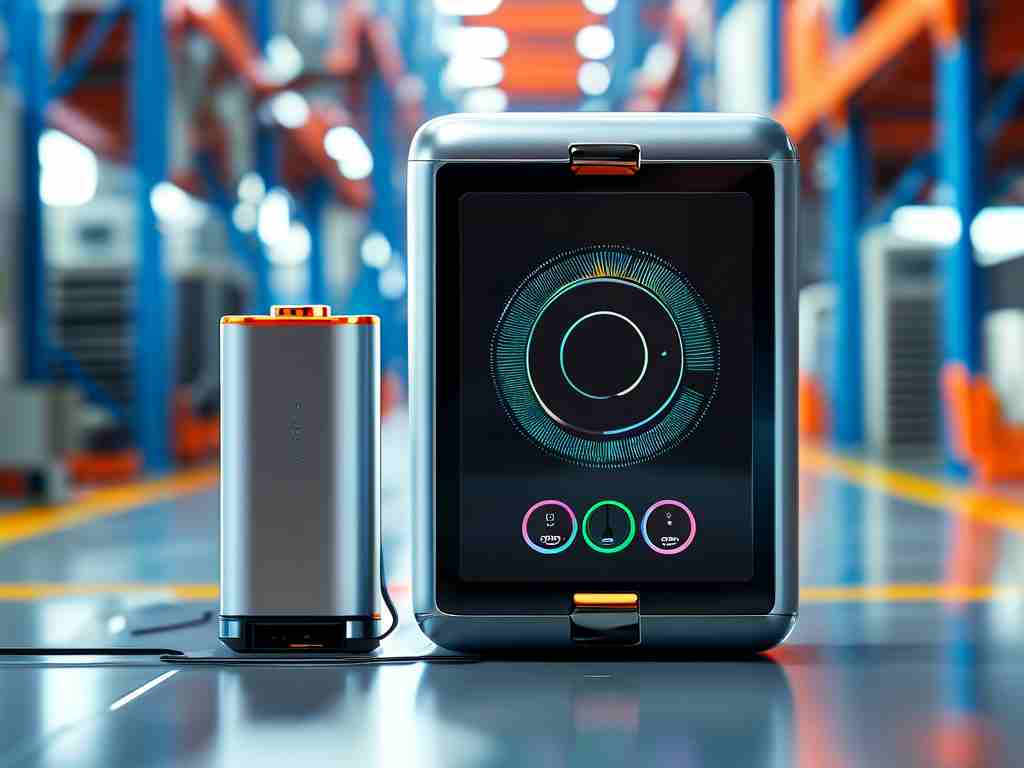The intersection of embedded systems development and the Lanqiao Cup competition has become a focal point for engineering students and tech enthusiasts across China. As a prestigious national contest, the Lanqiao Cup challenges participants to solve real-world problems using embedded technologies, fostering innovation and practical skills in microcontroller programming, sensor integration, and hardware-software co-design.

Understanding the Lanqiao Cup Framework
Unlike conventional programming competitions, the Lanqiao Cup emphasizes hands-on implementation. Participants work with development boards like STM32 or Raspberry Pi, tackling tasks ranging from basic GPIO control to complex IoT system construction. For instance, a recent competition required teams to design a smart agriculture system using ESP32 modules, soil moisture sensors, and LoRa communication—a task demanding both coding proficiency and hardware debugging expertise.
Key Skills for Success
- MCU Architecture Mastery: Competitors must understand register-level operations. Below is a simplified STM32 LED control snippet:
void LED_Init(void) { RCC->APB2ENR |= 1 << 3; // Enable GPIOB clock GPIOB->CRL &= 0xFF0FFFFF; // Configure PB5 as push-pull output GPIOB->CRL |= 0x00300000; } - Real-Time Operating Systems: FreeRTOS integration tasks often appear in advanced rounds, testing multi-thread management.
- Sensor Fusion: Combining data from multiple sensors (e.g., accelerometers and gyroscopes) requires sophisticated filtering algorithms.
Industry Relevance
The competition's practical orientation mirrors industry demands. A 2023 survey revealed that 78% of embedded engineering positions require competition-style skills like bare-metal programming and peripheral interfacing. Successful participants often transition seamlessly into roles at automotive electronics firms or IoT startups.
Preparation Strategies
- Hardware Familiarization: Regular practice with common development kits (e.g., STM32F103)
- Algorithm Optimization: Memory-constrained environments demand efficient code
- Debugging Techniques: Mastering tools like ST-Link and logic analyzers
Emerging Trends
Recent competitions have incorporated AI-at-the-edge challenges, requiring deployment of TinyML models on microcontrollers. This aligns with industry shifts toward intelligent embedded devices. A notable 2024 task involved implementing a CNN for gesture recognition using under 256KB RAM.
The Lanqiao Cup serves as both a testing ground and talent incubator. By bridging academic knowledge and industrial requirements, it continues shaping China's embedded development landscape. Participants gain not just technical prowess but also problem-solving resilience—qualities essential in the rapidly evolving tech sector.









